Ceremoniously burying military leaders, soldiers, or heroic warriors is a tradition born to honor the fallen.
Paying tribute to the service and achievements of those who have made the ultimate sacrifice has lasted throughout the centuries.
With that, military funerals have become more formal with customs and rituals that reflect evolving societies.
Since the Revolutionary War, military funerals in the United States have been an essential tradition.
The Civil War era lofted the custom of memorials for fallen soldiers by providing a proper burial for combatants of the Union and the Confederate.
National cemeteries were established, and rituals like the playing of Taps and the presentation of the folded American flag were created to honor and recognize those who gave the ultimate sacrifice.
Flag Presentation:
One of the most significant elements of a military funeral is the presentation of the American flag.
To honor the fallen, the flag is draped over the casket during the funeral, symbolizing the gratitude of the Nation.
After the service, the flag is carefully and ceremoniously folded 13 times and presented to the service member’s next of kin with words of condolence and appreciation for their sacrifice.
The significance of each fold can be found in AUSA Customs, Courtesies and Traditions pages 21-22.
Taps:
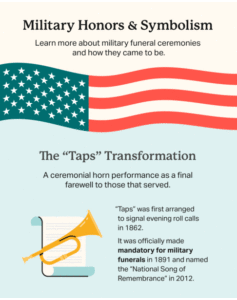 Taps is a haunting melody, written by Union General Daniel Butterfield, dating back to the Civil War.
Taps is a haunting melody, written by Union General Daniel Butterfield, dating back to the Civil War.
Today, it is played at military funerals and at the end of the duty day.
Composed of mournful notes, Taps holds a deep significance at memorial ceremonies, evoking a sense of solemnity and honor.
It also serves as a final farewell to a fallen warrior or a veteran who served honorably.
Out of respect, soldiers salute, civilians cover their hearts, and soldiers/veterans in civilian attire may salute.
Types of Funerals and Memorials:
A memorial service for a soldier is hosted by the unit’s commander, whether downrange or in the post chapel.
- This non-denominational service is held to honor a soldier’s service to the unit and the Nation and offers unit members the opportunity to mourn and pay respects to a fallen comrade.
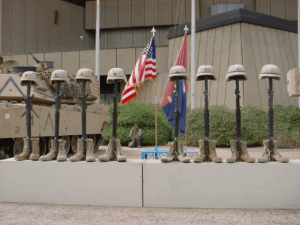 This emotional ceremony includes the sacred battlefield cross.
This emotional ceremony includes the sacred battlefield cross.
The Cross made up of a fallen soldier’s boots, rifle with dog tags hanging, and their ballistic helmet placed atop the rifle and usually includes playing of Taps, firing of volleys, and a final roll call.
Military funerals vary based on the deceased’s rank, service branch, and the family’s preferences, but all contain elements to create a powerful and moving tribute.
- Standard military funerals for veterans typically include an honor guard, firing party, and bugler.
- Funerals with full honors are seen for high-ranking officers and involve a ceremonial escort, gun salute, a bugler playing Taps, and a horse-drawn caisson.
- Civilians should place their hand over their hearts during the movement of a flag-draped casket.
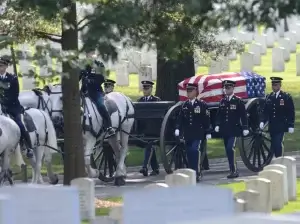 If interred at Arlington National Cemetery- a place with profound significance and deep symbolism, Arlington ladies/gentleman present condolence cards from the military service chief.
If interred at Arlington National Cemetery- a place with profound significance and deep symbolism, Arlington ladies/gentleman present condolence cards from the military service chief.
Visit Military One Source for more information.
Cremation and Assistance:
Military funerals are also offered to those wishing to be cremated and have their ashes interred in a cemetery with military honors.
The same elements of respect and ceremony apply including flag presentation, Taps, and the presence of an honor guard.
Within the military, resources exist to support the survivors of veterans with military funerals and other immediate needs.
The Survivor Assistance Officers (SAOs) provide information and assistance by assigning Casualty Assistance Officers (CAOs) or Family Assistance Officers (FAOs) depending on the branch of the military.
They are the resource to help guide and support families through the difficult process that follows the loss of a loved one in the military.
A helpful website is: www.funeralbasics.org
Created to honor the sacrifices of service members, military funerals are a unique part of military culture which is deeply rooted in the history and tradition of the United States.
The somber rituals in these ceremonies grant solemnity and respect while helping to provide closure and comfort to the families, loved ones, and unit members of veterans and fallen service members.
*For more information, please visit Honor and Remember. Other posts by our Traditions and Protocol Team can be found HERE.
*For More Information on Planning a Military Funeral, click HERE

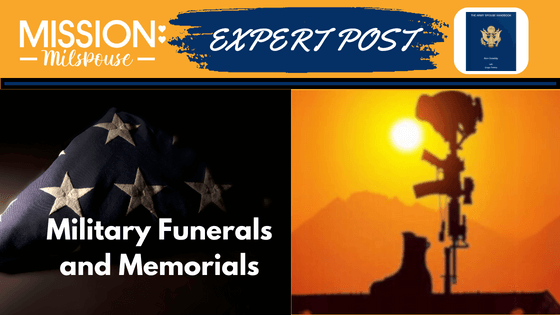
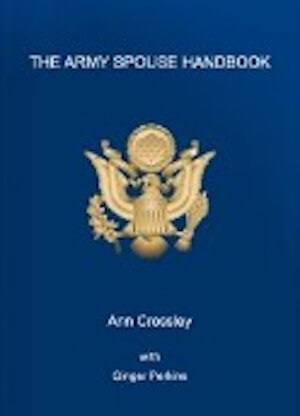

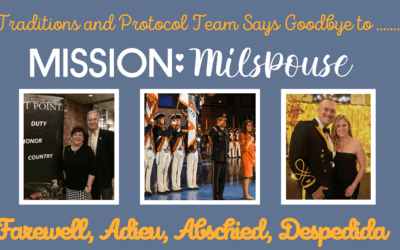
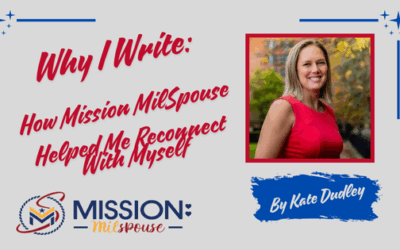
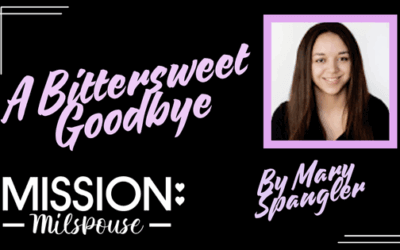

0 Comments